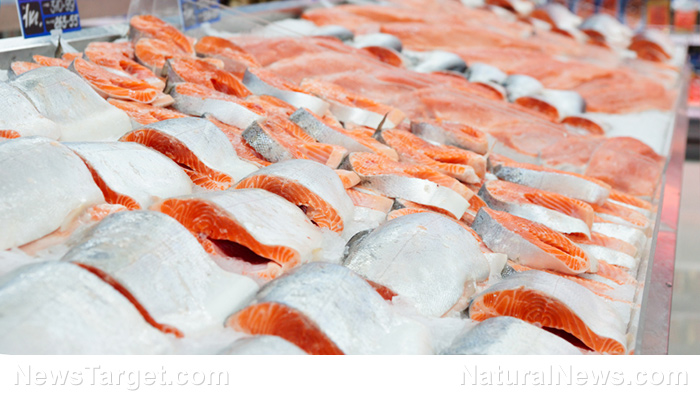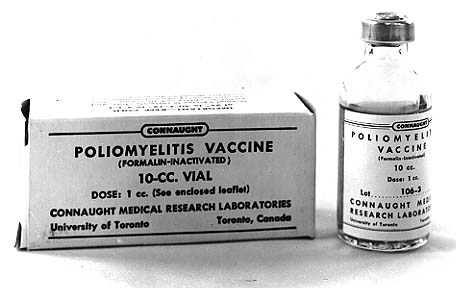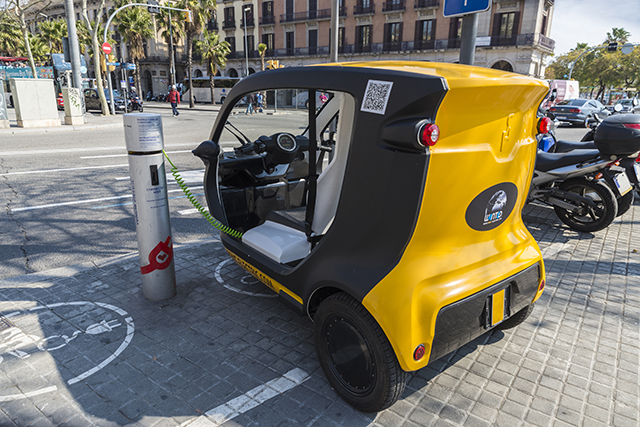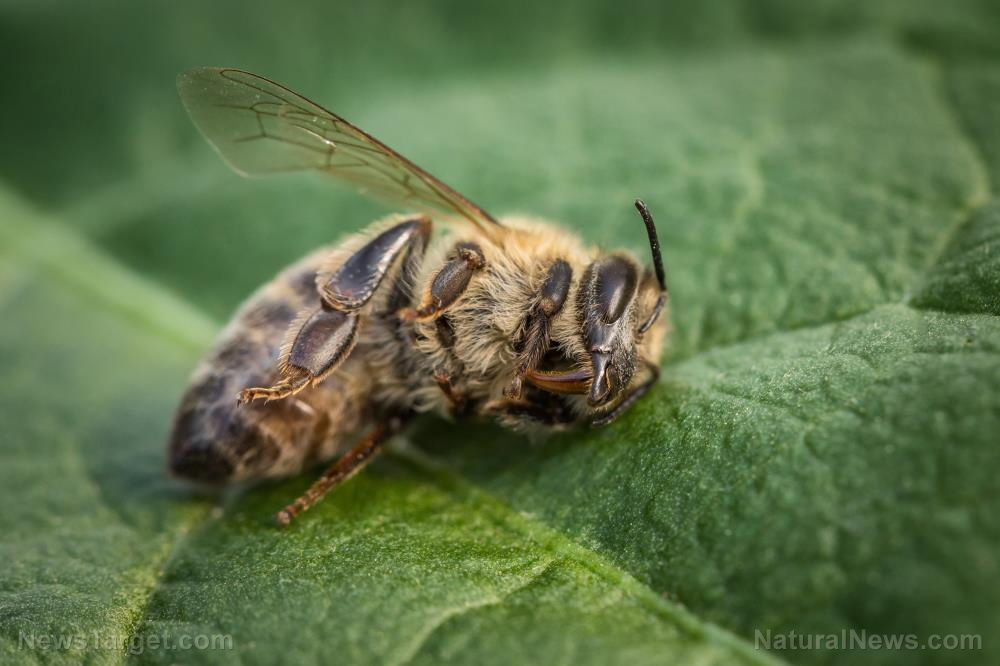Federal court nixes FDA’s approval of genetically engineered “Frankenfish”
11/23/2020 / By Divina Ramirez

In a major win for wild salmon, the Court for the Northern District of California ruled on Nov. 5 that the Food and Drug Administration (FDA) ignored potential environmental consequences in its approval of genetically engineered salmon produced by the Massachusetts-based AquaBounty Technologies.
District Judge Vince Chhabria also said that the FDA violated the National Environmental Policy Act (NEPA) and the Endangered Species Act (ESA) in approving the company’s application for AquAdvantage Salmon in 2015, the first time any government cleared a genetically engineered animal as food.
According to the court ruling, the FDA failed to consider the risk of the salmon escaping and surviving in the wild, where it could threaten wild salmon and other endangered fish species populations. Following the ruling, the FDA must now reconsider the environmental assessment for AquAdvantage Salmon. However, Chhabria did not withdraw the FDA’s approval of the new fish species.
Mike Conroy, the executive director of the Pacific Coast Federation of Fishermen’s Associations (PCFFA) and one of the plaintiffs in the case, said that the ruling is a clear win for both wild fish and fishermen, noting how the so-called “Frankenfish” could ruin irreplaceable salmon runs.
“Once engineered genes are introduced into the wild salmon gene pool, it cannot be undone,” he added.
It is unclear when the FDA will complete the environmental risk assessment.
Frankenfish can still be sold
Unfortunately, the ruling does not stop AquaBounty’s facilities in Canada and Indiana from operating despite the deficiencies in the FDA’s approval. This means that AquAdvantage salmon could still end up in restaurant menus and supermarket freezers.

Moreover, the ruling has neither stalled nor dampened AquaBounty’s efforts in commercially producing their Frankenfish. In August, for instance, the company announced plans to build a new 10,000-metric ton facility in Kentucky for its salmon. This is about 10 times larger than AquaBounty’s current facility in its Indiana fish farm.
The company also plans to begin commercial production of its genetically engineered salmon in 2023. That being said, the recent ruling might stall those plans and keep supermarkets and restaurant menus free from frankenfish for another couple of years.
Genetically modified animals could threaten biodiversity
AquaBounty’s genetically engineered salmon was created using DNA from the endangered Atlantic salmon, Chinook salmon – the largest species of Pacific salmon – and ocean pout, which can be found in the northwestern Atlantic Ocean.
The modifications would allow the salmon to grow almost twice as fast as wild salmon. This means that the company can produce more salmon at a reduced time frame and at a cheaper cost compared to the commercial production of non-engineered salmon.
But fast-growing salmon comes at a steep price. The transfer of genetic material from one species to another often raises serious health issues for wild animals and the humans who will eat them. For instance, there is a risk that new diseases from the bioengineered animals could be spread to non-engineered ones and humans.
Moreover, if bioengineered animals were to escape or be introduced on purpose to the environment, they can affect biodiversity. For instance, existing wild species can be overrun by the new species. Genetic engineering also puts animals at risk of harm. There have been instances where the engineered animals developed serious conditions, including arthritis and blindness. In some cases, the engineered animals were born infertile.
As it stands, scientists still understand very little about genetically engineered animals and the risks they could pose to both environmental and human health. (Related: National Intelligence Council Report warns that genetic engineering poses unprecedented threat to the world.)
“[Live] animals like genetically engineered salmon should undergo thorough and precautionary assessment for impacts to our health and environment, be properly regulated and clearly labeled before entering the market,” said Dana Perls, food and technology program manager at Friends of the Earth US.
Read more articles about the consequences of genetically modified animals for biodiversity at Environ.news.
Sources include:
Submit a correction >>
Tagged Under:
This article may contain statements that reflect the opinion of the author




















